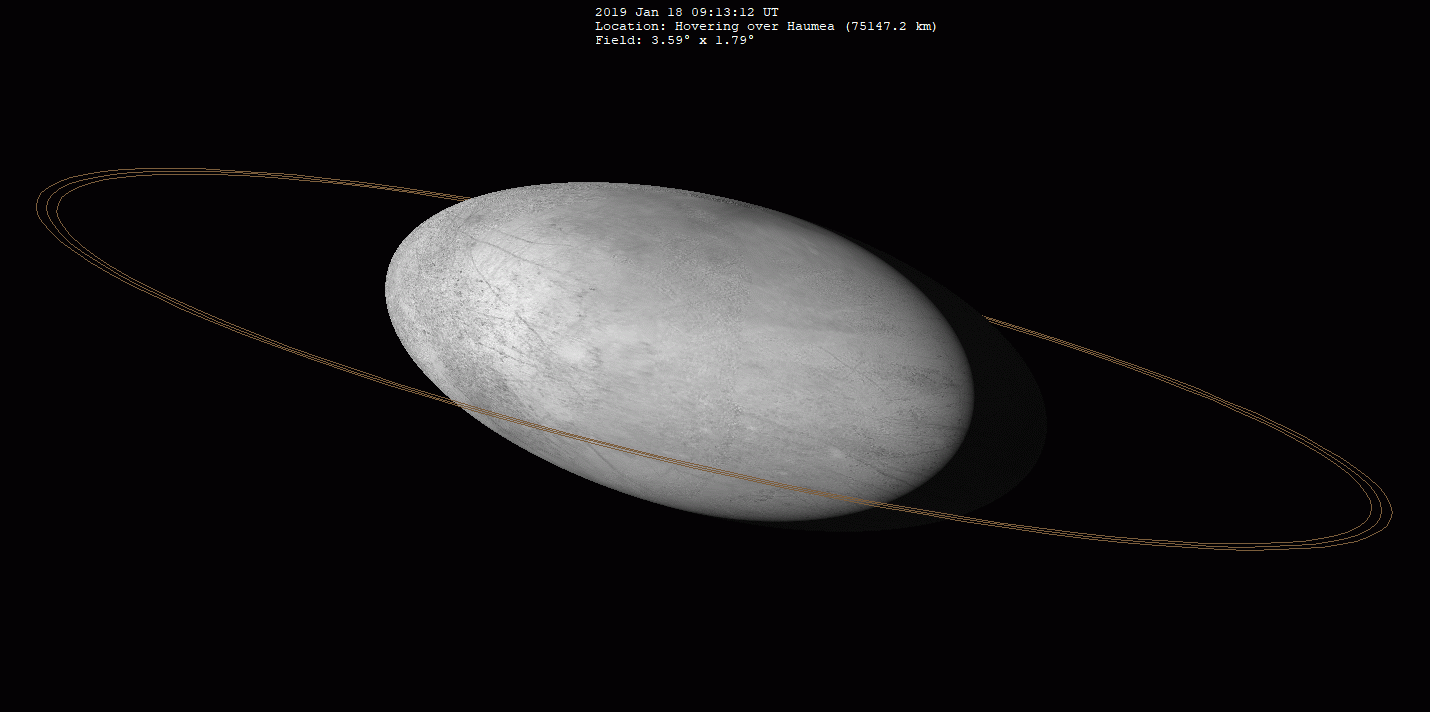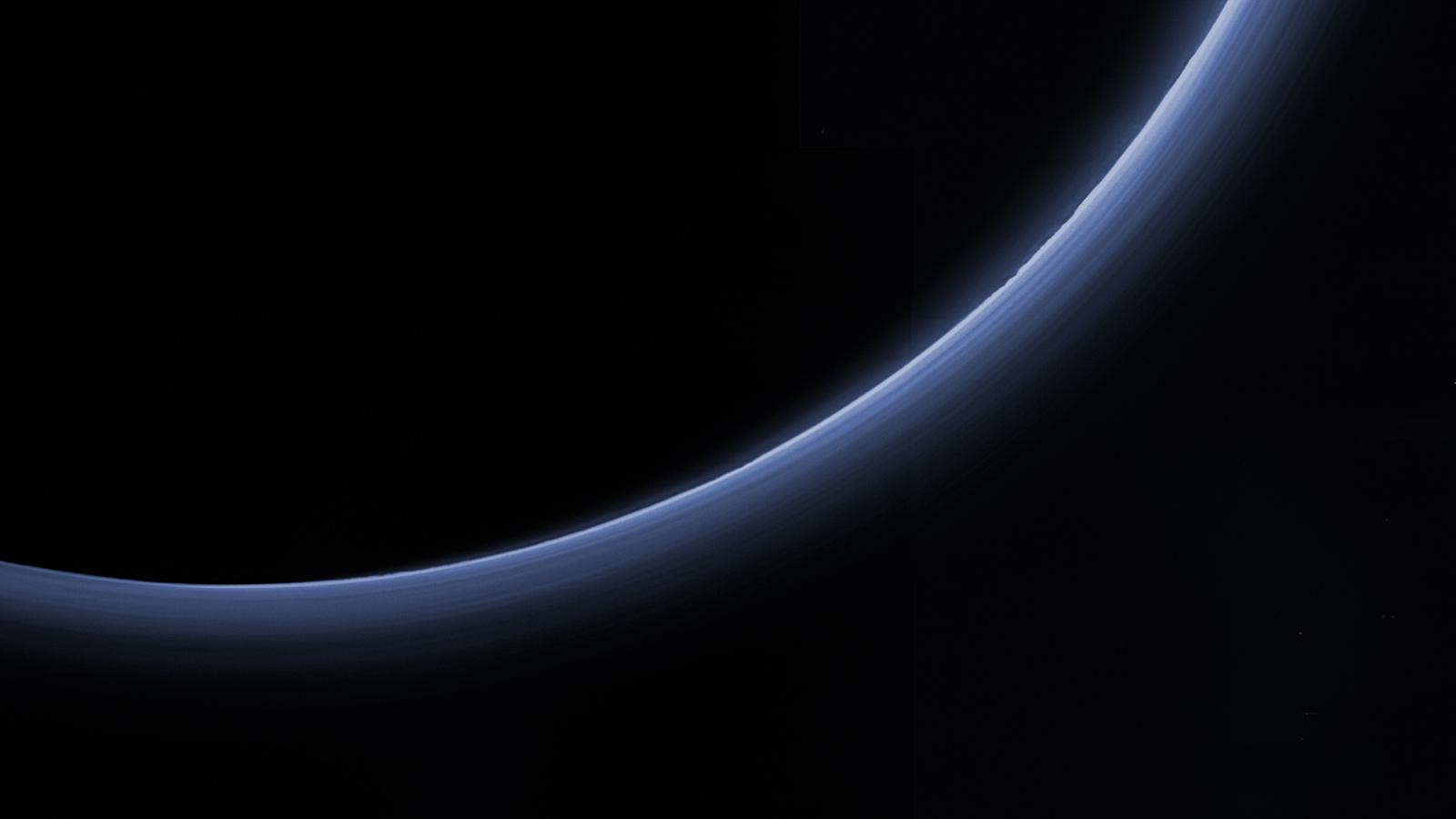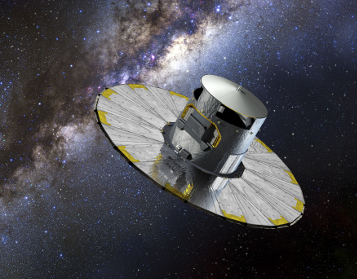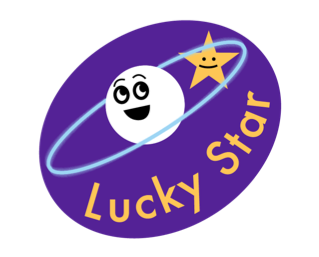Lucky Star project
This page presents the ERC project Lucky Star whose aim is to study the solar system beyond Neptune with stellar occultations. The project is led by Bruno Sicardy in collaboration with groups from Paris, Meudon, Granada and Rio.
The solar system beyond Neptune contains largely unaltered material from the primordial circumsolar disk. It also kept the memory of the early planetary migrations, and thus contains essential information on the origin and evolution of our planetary system. The aim of the project is to study the Trans-Neptunian Objects (TNOs) using the stellar occultation technique. It consists in observing the passage of remote TNOs in front of those "Lucky Stars", that reveal shapes, atmosphere and rings of bodies from sub-km to thousand-km in size. Very few teams in the world master this method. The European-led network coordinated by B. Sicardy is now leader in predictions, instrumentation, observations and analysis related to stellar occultations, with innovative approaches and unprecedented results. In the last decade, our group led the field by discovering rings around the asteroid-like object Chariklo, detecting sub-km TNOs and drastic variations of Pluto's atmospheric pressure. Based on those noteworthy discoveries and unique skills of ours, the project will coordinate the following work packages :
- Rings around small bodies - Understand the newly found Chariklo's rings, tackle the theory of rings' origins and evolutions around small bodies, discover new ring systems around other bodies.
- Very small, sub-km TNOs and Oort Cloud objects - Constrain the collisional history of our early outer solar system, and possibly detect Oort Cloud objects.
- Pluto's atmosphere - Explore Pluto's atmosphere and its atypical seasonal cycle, search for atmospheres around other TNOs.
- Explore specific, large TNOs - Provide their sizes, shapes, albedos and densities. These programs are timely in view of NASA/New Horizons Pluto flyby in July 2015, and the ESA/GAIA mission expected to provide a greatly improved astrometric catalog release in 2016.
 Artist view of Chariklo (ESO) |
 Artist animation of Haumea and its rings |
 Pluto and its atmosphere seen by New Horizons (NASA) |
 Artist view of Gaia spacecraft (ESA) see interview about occultations with Gaia |
On this website, you will find the predictions of stellar occultations by a selection of objects for the current year, the ephemeris used to make the predictions, the publications of the team and a selection of useful links.

